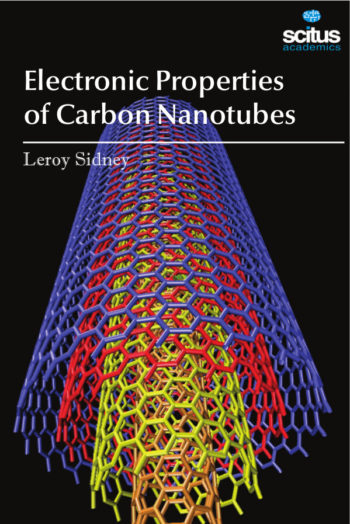The properties of nanowires have caused researchers and companies to consider using this material in several fields. Nanowires are nanostructures that have a thickness or diameter constrained to tens of nanometers or less and an unconstrained length. In addition, many different types of nanowires exist, including metallic, semiconducting and insulating. Nanowires hold lot of promises for different applications. Basic electronic devices like junction diodes, transistors, FETs and logic gates can be fabricated by using semiconductor and superlattice nanowires. Thermoelectric cooling system can be fabricated by using metallic nanowires. Semiconductor nanowire junctions can be used for different optoelectronic applications. Moreover, periodic arrays of magnetic nanowires hold high potential for recording media application. Nanowires are also potential candidates for sensor and bio-medical applications. Depending on what it’s made from, a nanowire can have the properties of an insulator, a semiconductor or a metal.
Nanowires – Implementations and Applications presents current research in the study of the properties, synthesis and application of nanowires. Topics discussed include semiconductor nanowires and heterostructure based gas sensors; transport properties of nanostructured materials; nanowire array electrodes in biosensor applications and analogies between metallic nanowires and carbon nanotubes.













